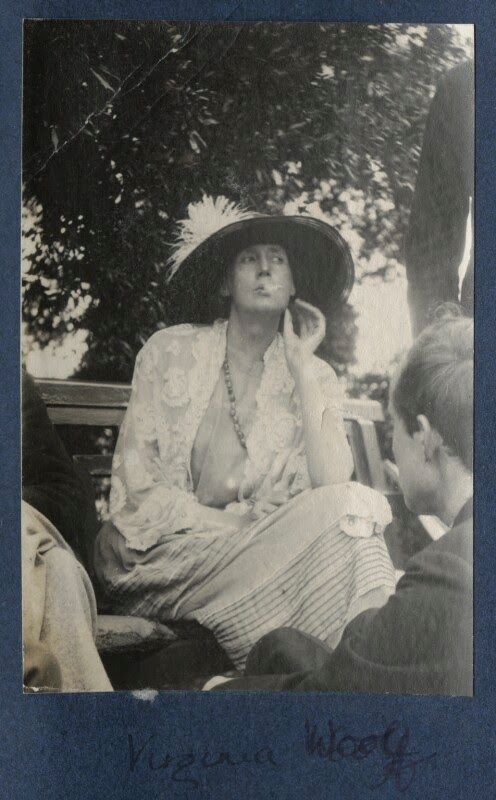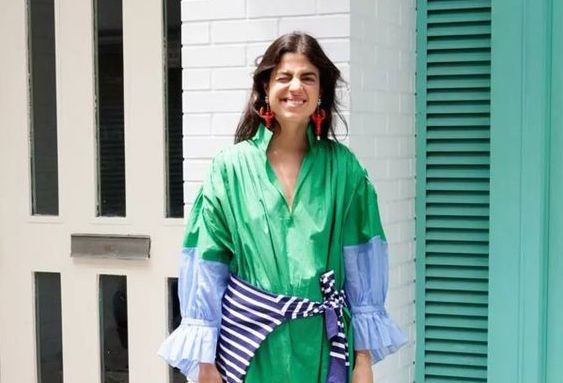by Aliya Farrukh Shaikh
As a child, my favorite books were Little Women (1868) and What Katy Did (1872). Their respective protagonists, Jo March and Katy Carr, were tomboyish and messy—vices similar to mine, I was often told. But I never tried to change. I saw in them what I didn’t see in any other characters I read about in books or watched on screen: myself. Jo’s famous words—“Women, they have minds, and they have souls, as well as just hearts. And they’ve got ambition, and they’ve got talent, as well as just beauty”—gave rise to my youthful feminist awakening. I vowed to not be frivolous like “other girls," to seek comfort in more “meaningful” pursuits instead.
At one point in Little Women, Amy says she detests “rude, unladylike girls.” Jo snaps back, “I hate niminy piminy chits.” Her disdain for traditional femininity was a stunning contrast to all the social conventions I’d grown up with. I wanted to be Jo. I wanted to have her confidence. In response, I left my hair unbrushed, wore baggy pants and egregiously loose t-shirts, and sat with my legs apart. These were never decisions I tortured myself over. They were easy and devoid of complication until I hit puberty.
If childhood was indifference, adolescence was creeping awareness. My focus shifted from Jo to Katy as I stared at my body in the mirror, acutely observing every new curve, the thick hair that crowded my face, and the burgeoning red pimples that begged to be picked. Katy Carr was as unruly as Jo (perhaps more so): She “tore her dress every day, hated sewing, and didn’t care a button about being called ‘good.’” The similarities between the two characters are not surprising; both Louisa May Alcott and What Katy Did author Susan Coolridge grew up in the northeast (Alcott in Massachusetts and Coolridge in New England) during the Civil War, and both served as Union nurses. They eventually shared a publisher, Robert Brothers. Although my reasons for aspiring to be more “ladylike” were different from Katy’s (hers had less to do with her appearance and more to do with adopting a domesticated and maternal personality), I identified with the distinct kind of restlessness that accompanies teenage girlhood: the feeling of your appearance changing in ways that are beyond your control, of wanting to change but not yet fully understanding what that change means. While Katy became more assertive and motherly in the care of her siblings, I devoted myself to caring for my appearance. For reasons purely born of vanity, I longed to look different. In these moments, I thought of Katy, who, in similar times of crisis, “consoled herself with planning how, by and by, she would be beautiful and beloved.”
In adulthood, my obsessive scrutiny has shifted towards something I can control: my clothes. The right clothes don’t have to be fashionable or attractive or even the perfect size. The right clothes are the clothes I feel like myself in. And at different phases of my life, the right clothes are different because they say different things about me.
A few months ago, as I was grabbing coffee from a bodega in the East Village with a friend, I looked at myself in the reflective glass door. Although the image was hazy—made worse by the rain, which poured mercilessly outside—I could tell the final product was a distant dream from the way I had imagined it in the morning. “I hate the way this makes me look,” I said, regretting not having decided what to wear the night before, waking up late for my class, and thus choosing clothes I thought were appropriate for the weather, but not for the message I wanted to send.
“You look fine,” my friend commented, rolling her eyes the way most of them do when I complain about my clothes—how indecorous they are, how awkward the colors seem to me, and how strange and distant from myself I feel in them. “I actually really like the way the bootcut pants go with your combat boots,” she said, reassuring me, as she does time and time again, that it’s all in my head.
“But it’s not me,” I moaned, trying to tuck my two-sizes-too-big sweater into my pants. “These clothes aren’t me.”
I never had a word for this feeling, and I never knew how to justify it to myself. (After all, unlike her sisters, Jo March never suffered from such anxieties.) For a while, it lingered, anonymous and ineffable in the back of my mind, a bizarre feeling that my clothes should declare who I am—that they should say more about me than I can say for myself, that they are capable of clinging onto more than just the loose-hanging flesh of my upper arms.
Then, the writer Kate Bolick directed me to Virginia Woolf’s idea of “frock-consciousness.” She had written about the term in her essay Meg’s Frock Shock, where she explored the way in which the term applied to the oldest March sister. Here, all of a sudden, was a term to describe the strange, inexplicable interplay between my clothes, the outside gaze, and myself.
Woolf coined the term in her diary in the spring of 1925. “My present reflection is that people have any number of states of consciousness,” she wrote. “I should like to investigate the party consciousness, the frock consciousness. These states are very difficult…I’m always coming back to it…Still I cannot get at what I mean.” A few weeks later she wrote, “I must remember to write about my clothes next time I have an impulse to write. My love of clothes interests me profoundly: only it is not love; what it is I must discover.” At another instance, she noted that “clothes... change our view of the world and the world’s view of us.”
My discovery of Woolf’s contemplations of the union of the self and the outside gaze was comforting because it revealed that others occupied a dimension I thought was inhabited only by me. Am I going crazy? I would think, as I changed sweater after sweater for a night out with people who I knew had no interest in what I wore or how I looked.
There were countless moments when Woolf pondered this complex state, which often consumed her. Her thoughts ranged from the abstract to the specific, but her personal and innocent confessions grabbed my attention most. In 1919 she wrote, “This is the last day of June and finds me in black despair because Clive laughed at my new hat, Vita pitied me, and I sank to the depths of gloom.” Later she wondered, “Why am I calm and indifferent as to what people say of Night and Day and fretful for their good opinion of my blue dress?”
As I try to unpack my often imprisoning and rarely liberating experience with clothes, I’m reminded of writer and historian Rosemary Hill’s observation that “frock consciousness takes other forms but it continues to operate and to obey its own, sometimes mysterious rules.” This mystery, perhaps, is due to the fact that the concept of selfhood itself is often nebulous. It is easy for clothing to be a costume—and difficult for it to truly express the inner self—because it is so difficult to see ourselves as we truly are.
I’ve been in New York for nine months now. With the current infrequency of social gatherings, my imprisoning frock consciousness often sits quietly in the dark recesses of my mind. But even now, it comes back in moments when I least expect it. Sometimes, I’ll step out of my apartment in plaid pajama bottoms, a black down jacket, and a green surgical mask to throw out the trash. My neighbors are smoking outside. I look at them. They look at me. I look at them looking at me. I try to convince them telepathically that plaid pajamas aren’t who I am. They don’t get the message, but it’s okay. Tomorrow I might wear my black oxfords and my earrings made of gold wire, twisted to form an abstract face. The kind that everyone on Instagram loves. Then they can see me be me. Or someone else.
Aliya Farrukh Shaikh is a writer and student living in Brooklyn. Get to know her better: @aloo_matar
*Thumbnail Image: Vintage snapshot print of Virginia Woolf by Lady Ottoline Morrell, June 1923 (National Portrait Gallery).


